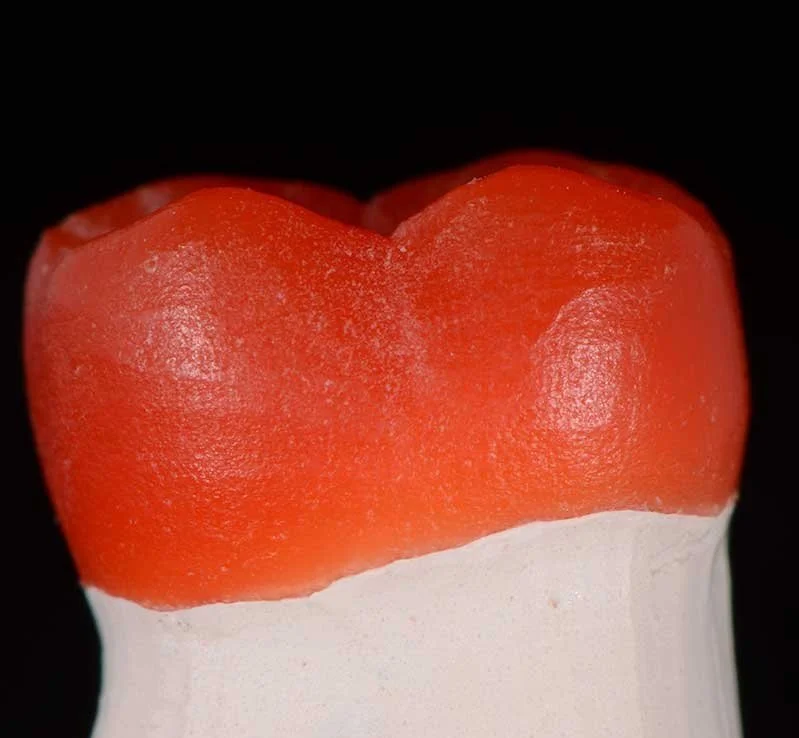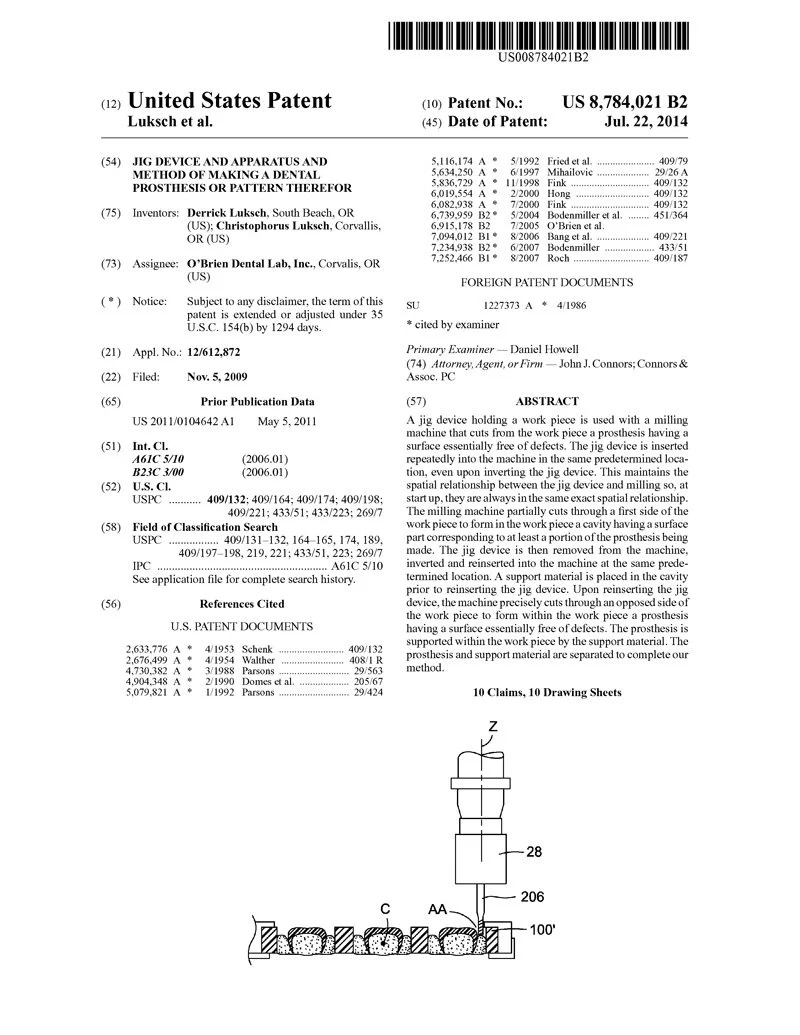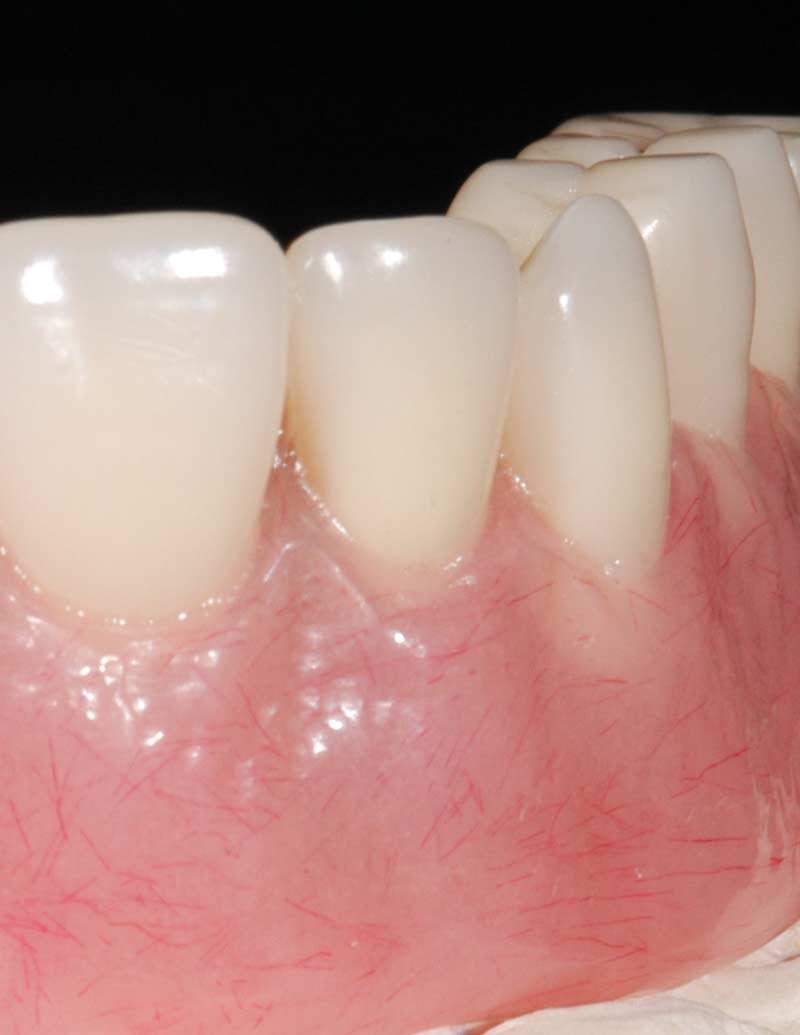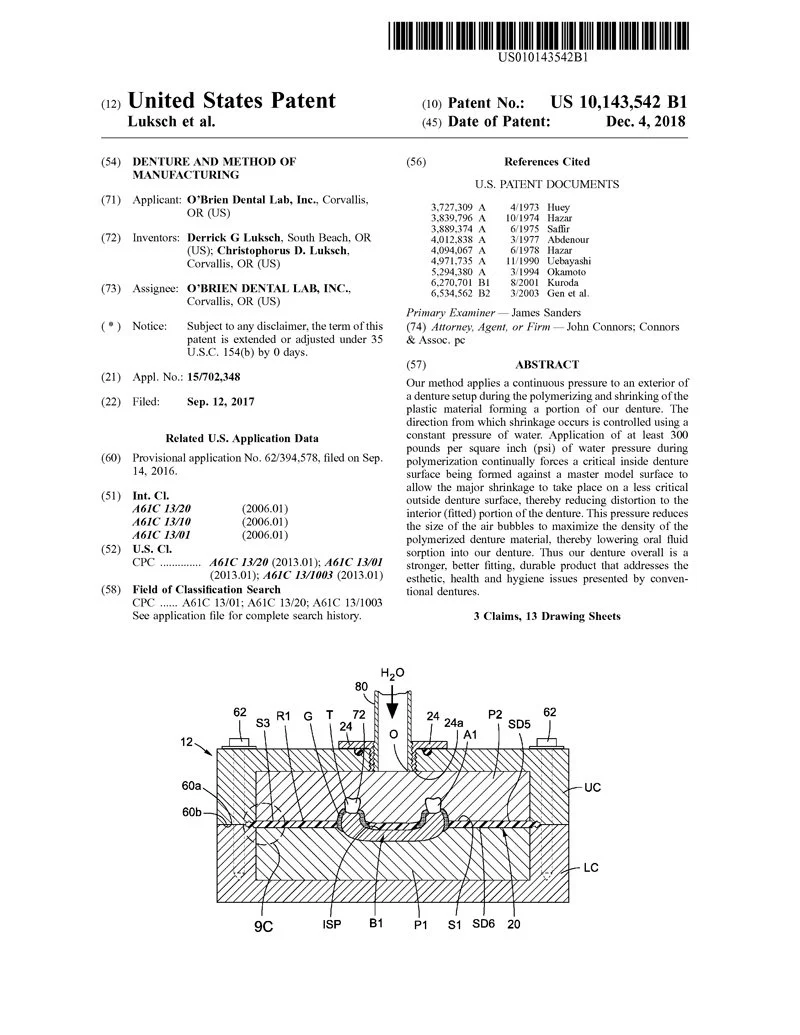Technology
The fabrication of precise-fitting fixed restorations presents a number of challenges. TRUfit, our proprietary manufacturing system, enables us to meet these challenges. It blends the consistency and precision of CAD/CAM technology with the best aspects of the dental technician’s knowledge, experience, and technical skills.
TRUfit is the result of years of research and development by O’Brien Dental Lab. It consists of five main elements:
An acquisition unit, used to create digital files of physical casts.
CAD software used to virtually design restorations from the digitized models.
CAM software used to convert a virtual dental restoration into instructions for producing a physical object.
Manufacturing equipment, which executes those instructions with the highest degree of accuracy, assuring the most precise fit possible in a wax pattern.
The dental technician responsible for overseeing each stage of the process and refining all other requirements of a proper wax-up.
The first step in any process utilizing CAD/CAM technology is converting a physical object into a digital file. Our technicians then virtually design a digital file of the final restoration. This file must then be converted into an instruction set that is interpreted by one of our mills.
To accomplish this conversion it was necessary for us to develop our own CAM software code. This code is then sent to an actual industrial mill that then renders the wax pattern using rigorously tested and selected precision cutting tools specific to this task. The result is a wax pattern with a precise fit that is superior to any produced by conventional manufacturing methods or any other commercially available CAD/CAM system. After milling, the wax pattern must then be refined, and it is at this point that the experience and expertise of our technicians take over.
TRUfit is used in the fabrication of most of our cast alloy, PFM and Enamelux restorations and as with all of our processes is applied in accordance with our ISO and DAMAS standards. TRUfit continues to evolve and with periodic modifications we are able to keep improving the quality of our restorations.
“Our ongoing goal to produce the best fixed restorations continues to be our motivation behind the development of TRUfit. Aware that nothing out there in dental CAD/CAM technology currently hits the mark, we are constantly creating new manufacturing processes and techniques that make the most of the finest technology available.”
TRUfit Patents
We have developed and obtained patents for the exclusive use of advanced rapid prototyping and milling technologies in the fabrication of dental restorations. These patents provided the foundation for what would eventually become TRUfit®, our proprietary manufacturing process for fixed prosthodontics.
The HydroPak method is especially ideal for implant and attachment retained dentures. The shrinkage from traditional processing methods causes movement of attachment housings and can even warp titanium bars, both of which prevent a passive fit. With HydroPak, we control the shrinkage to prevent these issues. Implant-retained dentures that are processed with the HydroPak method have a completely passive fit!
HydroPak® is a method of processing dentures that controls shrinkage to create a denser product which conforms to a patient’s gum tissue with a near perfect fit.
The HydroPak® system works by subjecting the flasked denture to water pressure in excess of 300 psi during the entire polymerization process. This water pressure continually forces the acrylic against the model which causes the shrinkage to take place on the less critical outer surface. When the polymerization process is complete, the intaglio surface of the denture is virtually identical to what it was before processing.
Our proprietary HydroPak® method not only produces near perfect fitting dentures, but also creates a denser acrylic than traditional methods. The high water pressure that is used during polymerization reduces the size of air bubbles to 1/20 of what is currently found using conventional processing methods. This almost entirely eliminates porosity, resulting in a much stronger acrylic with lower oral fluid sorption.
HydroPak Patent
US 9,475,129 B1
Apparatus for making a dental prosthesis or pattern therefor.













